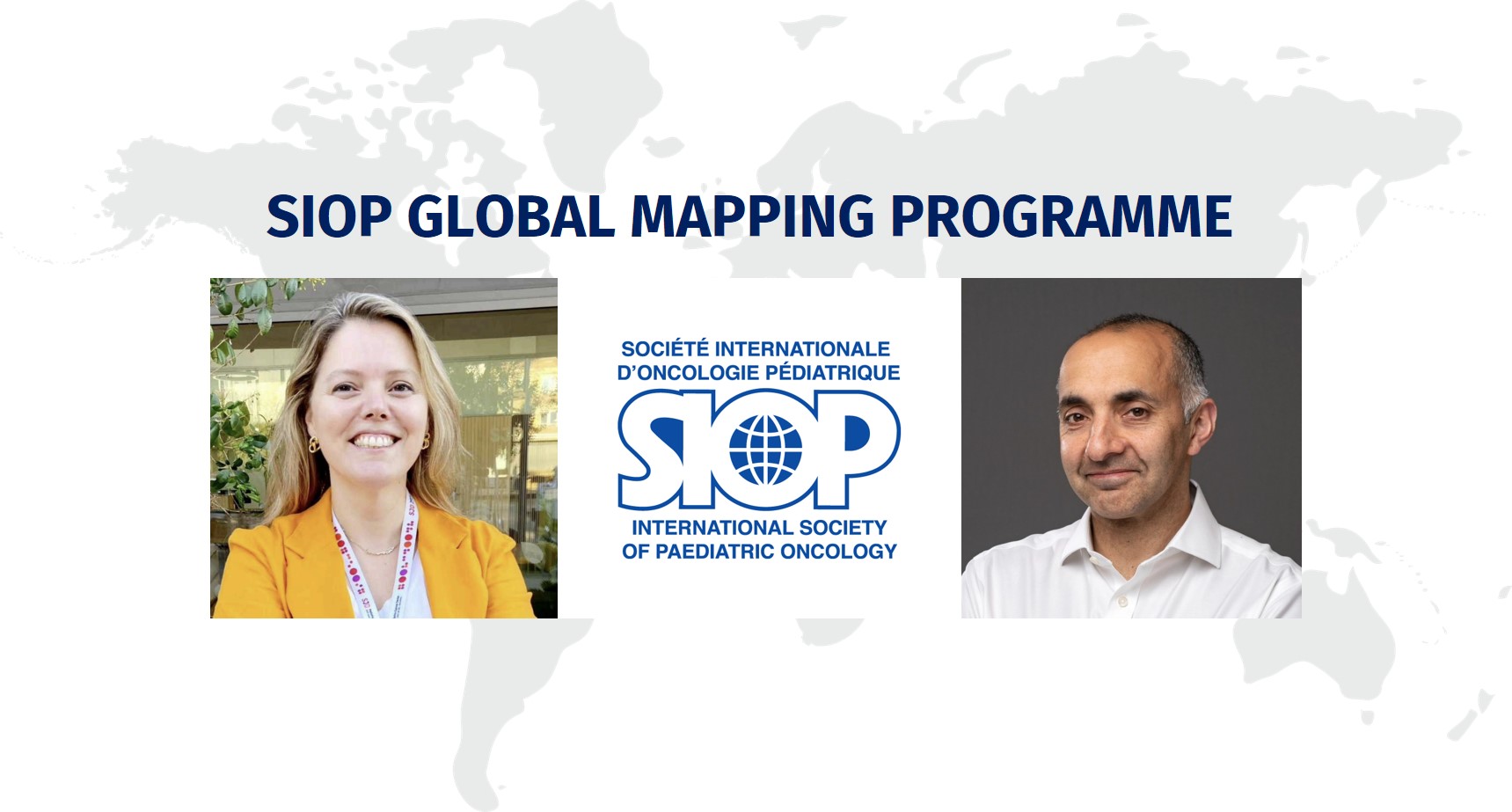By Maite Gorostegui Obanos and Neil Ranasinghe
Why are we mapping?
We are mapping because we are committed to reducing childhood cancer inequalities. Despite living in an interconnected and interdependent world, the chance to survive children’s cancer and the sequelae that a child may or not have depends highly on where you live.
This initiative launched in 2018 is a collaborative one, teamwork is key to collecting the information necessary for this task. Through the GMP we will highlight the current landscape of pediatric oncology facilities worldwide.
SIOP has prepared a short and focused questionnaire that, with the support of local delegates, has been shared with the heads of pediatric oncology departments worldwide. Essential questions such as the continuous access to chemotherapy, radiotherapy, surgery, and palliative care are included in our survey.
Huge potential
We see huge potential in this programme, some of the uses are clearly visible now. Improving advocacy is one of them. Knowing the strengths and needs of an institution could clearly facilitate how resources are destined. In many areas, the facility does not even exist, and the challenge for all of us is bigger and urgent. We firmly believe that the information will give many ideas to all the people and organizations working to improve children’s cancer care.
In a practical sense, we also would help parents to find their nearest hospital treating children with cancer too.
It is important to remember that data for each institution is owned by that institution, and can be updated if the local situation changes, i.e. access to physiotherapy or to radiotherapy.
What have we learnt so far?
Representing data at national level can be misleading. For example, a country of over 100 million might only have 5 or 6 pediatric oncologists. This means we can report that this country has pediatric oncologists treating children with cancer. But considering the size of the country and population, it means the majority of children with cancer are not being treated by a pediatric oncologist.
We have also learned how the landscape of childhood cancer care in a country changes and improves when the government and the health providers work together. The role of referral centers providing an integral treatment such as complex pediatric surgery oncology, chemotherapy, and access to trained nurses and physicians, represents a big achievement.
What have we confirmed?
We confirmed collaboration is possible, and every day more colleagues come together thinking global in pediatric oncology.
How is the data being used?
Various groups have used the data to evaluate features of their program, rehabilitation and nursing. In Latin America the data is being shared with national societies and currently is inspiring other mapping initiatives in some countries in the region.
What is the current situation?
The first phase of the mapping has been completed in Africa and Latin America. We are working on reviewing the information, and also making possible that the institutions can be visible on the global Map (hosted at the SIOP and Resonance Health platforms).
We are now collecting data from institutions across Asia, and we hope to give an update on the progress soon.
A huge thank you to everyone that has completed the survey, and a thank you in advance to all the people who will be completing the survey.
If you want to know more about this program, please get in touch with the SIOP Global Mapping Programme Chair – Maite Gorostegui at [email protected]
